I am building some GAR2520 discrete op amps that require a matched pair of BC550(CTA) NPN transistors. I built a simple emitter follower with a 15 V supply, biased at about half that. I input a 1 kHz sine wave from a signal generator at 500 mV amplitude. I measured the average DC voltage, and AC amplitude across the emitter resistor, in hopes to grade them for matching. I have made a plot of AC voltage and a scaled-for-convenience DC voltage per transistor:
How important is it to consider both the DC and AC response of the transistor when matching for use in a circuit where "hfe-matched" components are specified? I can provide more information on the test circuit if needed. The discrete op amp is going to be used in a microphone preamp, where I obviously don't need DC capability, but I am still not sure in what way to weigh these parameters in the quest for matched transistors. Thank you.
Since it has been brought to my attention that I should not see gain from an emitter follower (duh), I realize that there was in fact no gain, the reality being that a 1000 mV Peak to Peak input resulted in an emitter follower output of ~840 mV Peak to Peak, depending on the transistor of course. Obviously the transistors still performed to varying degrees, but this was not the best circuit to check such a specification. I think I will build what was suggested by @Dave Tweed, and plot those results. Thanks for the input so far everyone.
Here is the ill-fated transistor testing schematic:
Multisim doesn't have a BC550 model, and from a very cursory look at the spec sheet it seems the BC547 is a good approximation. In the simulator of course the output is just barely lower than the input, as expected for the topology in the ideal case. It should be noted that the wave generator and the oscilloscope are both from an Analog Discovery USB unit.

